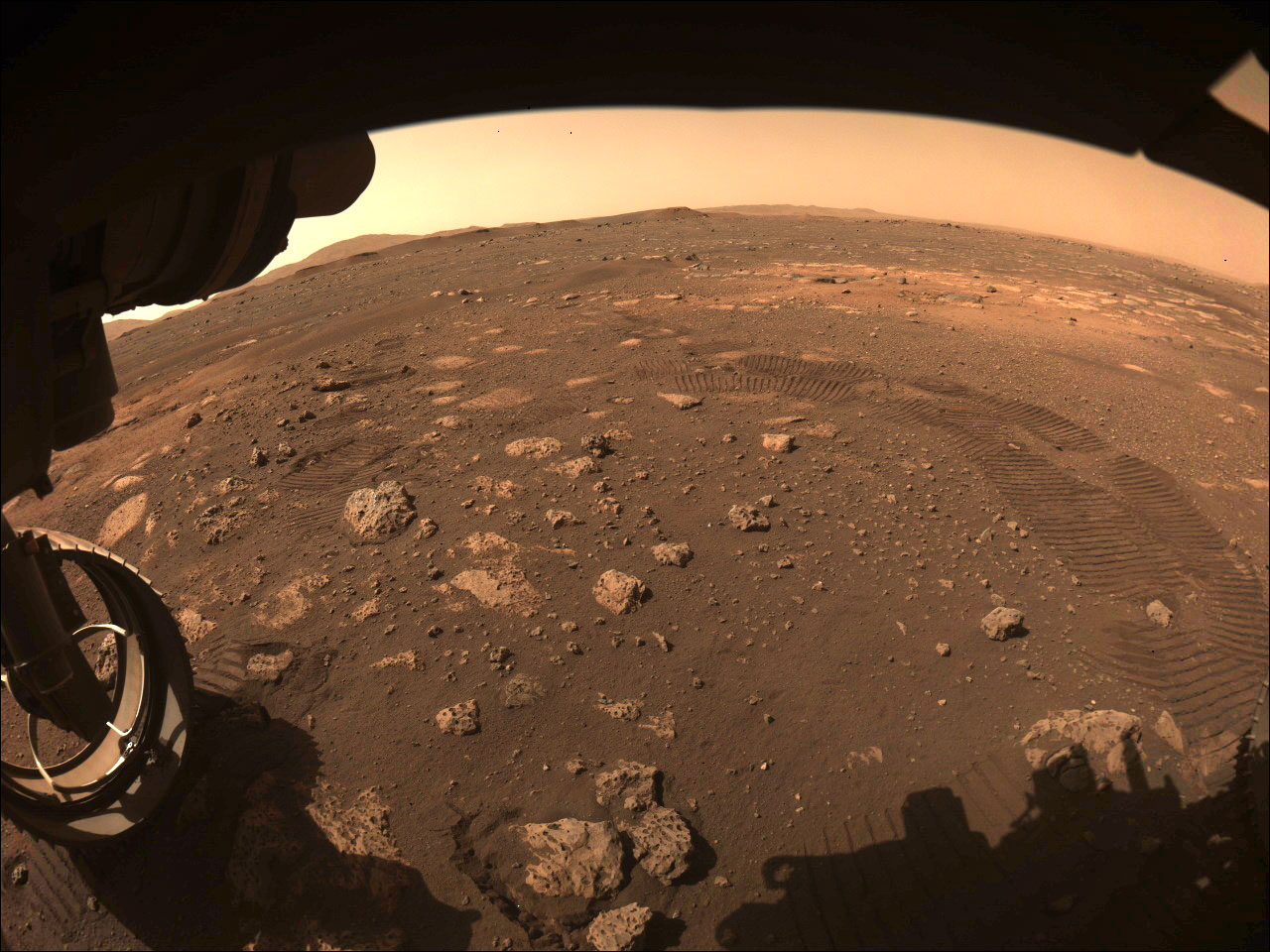NASA’s Perseverance rover finally scooped up a piece of Mars
The rover bounced back from a failed attempt and acquired a sample of rock and soil that could reveal the secrets of ancient life on Mars.

NASA’s Perseverance rover has successfully gathered a bit of rock and soil from Mars, which marks the first time a sample has ever been recovered on the planet.
What happened: The rover drilled into a boulder called Rochette near Jezero Crater, successfully cutting out a finger-size core of rock and placing it in a titanium tube. The Perseverance team will spend a bit of time imaging the contents and verifying that a sample is indeed inside, and then the rover will go ahead and stow the sample for safekeeping. Adam Steltzner, the chief engineer of the mission, confirmed in a tweet that the sample had been acquired.
It’s a fortunate turnaround from early August, when Perseverance made its first attempt at getting a sample but scientists found that nothing actually ended up in the collection tube. The coring mechanism had unfortunately ground the fragile rock into a powder, which fell back onto the ground near the drilling hole. Rochette was chosen in part because the rock there was deemed hardier and more likely to get trapped in the tube.
Why it’s a big deal: Collecting samples is one of the marquee goals of the mission. Perseverance is equipped with 43 collection tubes, and NASA hopes to fill them all with rock and soil samples from Mars to one day bring back to Earth. The 28-mile-long Jezero Crater is thought to be the site of a former river delta. If Mars was ever habitable during its wet era billions of years ago, this is one of the best spots for fossilized life to have found a home. Although Perseverance is armed with instruments that will tell us a lot about what exists at Jezero, the best opportunity to actually look for biosignatures and traces of microbial life is in a laboratory on Earth.
What’s next: The actual delivery of the samples from Mars to Earth is still being planned as a joint mission between NASA and the European Space Agency. The goal is to send a “fetch” rover to Mars by 2029 at the earliest, which would mean the samples would get to Earth in 2031.
Meanwhile, this is just the first of many sample collections for Perseverance. The rover will continue its journey around Jezero and is arguably being upstaged by its aerial buddy Ingenuity—a small helicopter that has now made 12 flights on Mars. Originally a tech demonstration, Ingenuity turned out to be so robust that NASA turned it into a platform for surveying Mars as part of the mission.
Deep Dive
Space
How to safely watch and photograph the total solar eclipse
The solar eclipse this Monday, April 8, will be visible to millions. Here’s how to make the most of your experience.
How scientists are using quantum squeezing to push the limits of their sensors
Fuzziness may rule the quantum realm, but it can be manipulated to our advantage.
The great commercial takeover of low Earth orbit
Axiom Space and other companies are betting they can build private structures to replace the International Space Station.
Stay connected
Get the latest updates from
MIT Technology Review
Discover special offers, top stories, upcoming events, and more.